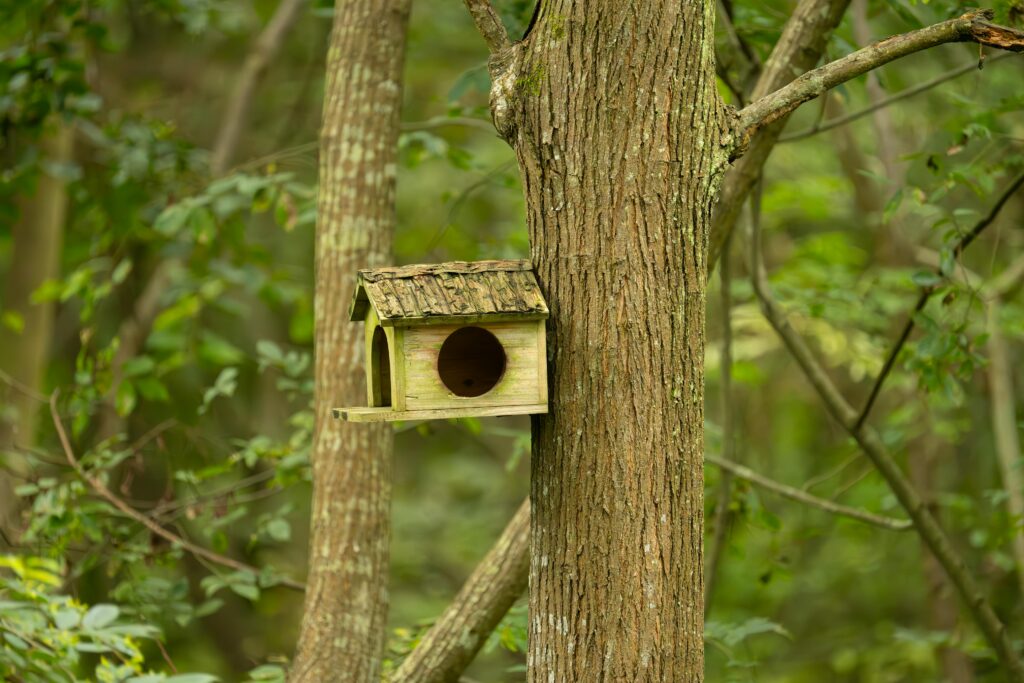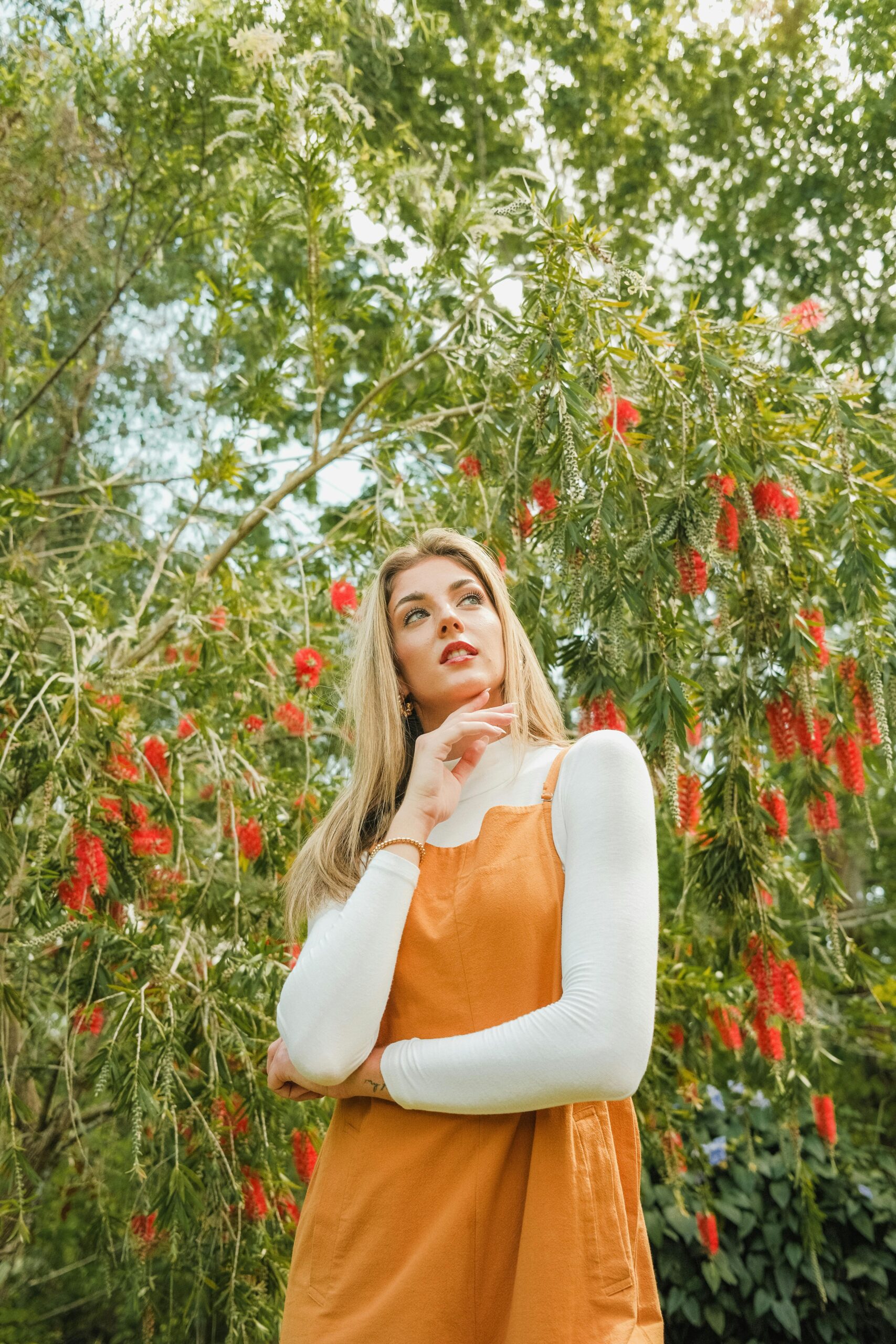How to Create a Pollinator-Friendly Garden
Pollinators like bees, butterflies, and hummingbirds play a crucial role in maintaining biodiversity and ensuring the production of fruits, vegetables, and seeds. However, due to habitat loss, pesticide use, and climate change, many pollinator populations are declining. Creating a pollinator-friendly garden is a simple and rewarding way to support these vital creatures. Here’s how you can design a garden that attracts and sustains pollinators.
1. Choose the Right Plants
Pollinators are attracted to a variety of plants for nectar and pollen. Selecting the right mix of flowers, shrubs, and trees is key to supporting them.
- Native Plants: Opt for native species as they are well-adapted to the local climate and provide the best resources for local pollinators.
- Diverse Blooms: Include a wide range of plant species to ensure blooms throughout the growing season, from early spring to late fall.
- Color Matters: Pollinators are drawn to specific colors—bees prefer blue, yellow, and white, while butterflies are attracted to bright reds and purples.
Examples of Pollinator-Friendly Plants:

- Bees: Lavender, sunflowers, wildflowers.
- Butterflies: Milkweed, zinnias, coneflowers.
- Hummingbirds: Trumpet vine, salvia, honeysuckle.
2. Provide Water Sources
Pollinators need water to stay hydrated, especially during hot or dry periods.
- Shallow Water Features: Place a shallow dish or birdbath filled with water and add stones or sticks for insects to land on safely.
- Mud Puddles: Butterflies and bees are attracted to mud puddles, which provide water and essential minerals.
3. Avoid Pesticides and Herbicides
Chemicals used to control pests and weeds can be harmful or even deadly to pollinators.
- Go Organic: Use organic or natural pest control methods like neem oil or insecticidal soaps.
- Companion Planting: Plant pest-repelling herbs such as basil, marigold, or garlic near susceptible crops.
Tip: If you must use chemicals, apply them in the evening when pollinators are less active.
4. Create Shelter and Habitat
Pollinators need safe places to rest, nest, and overwinter.
- Leave Natural Areas: Allow parts of your garden to remain wild with tall grass, shrubs, or deadwood. These provide nesting sites for solitary bees and other insects.
- Install Bee Hotels: Place bee houses or drilled wooden blocks to attract solitary bees like mason bees.
- Plant Host Plants: Include specific plants for caterpillars, such as milkweed for monarch butterflies.

5. Reduce Lawn Space
Traditional lawns offer little to no benefits for pollinators. Reducing lawn space and replacing it with wildflower meadows or ground cover can significantly enhance your garden’s appeal to pollinators.
- Clover and Thyme Lawns: These provide low-maintenance, flowering alternatives to traditional grass lawns.
- No-Mow Zones: Allow certain areas of your yard to grow naturally, providing habitats and food sources for pollinators.
6. Educate and Involve Others
Creating a pollinator-friendly garden isn’t just about your own space; it’s also about spreading awareness and encouraging others to do the same.
- Share Seeds and Cuttings: Encourage neighbors and friends to plant pollinator-friendly gardens by sharing seeds or plants.
- Join Local Initiatives: Participate in community projects focused on pollinator conservation.
Bonus: Certify your garden as a pollinator habitat through organizations like the National Wildlife Federation.
7. Maintain Your Garden Thoughtfully
Even the most pollinator-friendly garden needs regular care to keep it thriving.
- Deadheading and Pruning: Remove spent blooms to encourage new flowers, but leave some seed heads for birds and overwintering insects.
- Monitor and Adjust: Observe which plants attract the most pollinators and adjust your garden plan accordingly each season.

Conclusion
Creating a pollinator-friendly garden is a meaningful way to support biodiversity while enjoying a vibrant and lively outdoor space. By incorporating native plants, providing water and shelter, and avoiding harmful chemicals, you can turn your garden into a haven for pollinators. In return, they’ll help your plants thrive, contributing to a healthier ecosystem for everyone.
Would you like more specific plant suggestions or DIY guides for creating pollinator habitats? Let me know!
